Prosthetic Knees
There is a large variety of prosthetic knees that are available to you depending on your activity level and goals. We will list some common ones here but know that there is a large range of options in between the ones listed here:
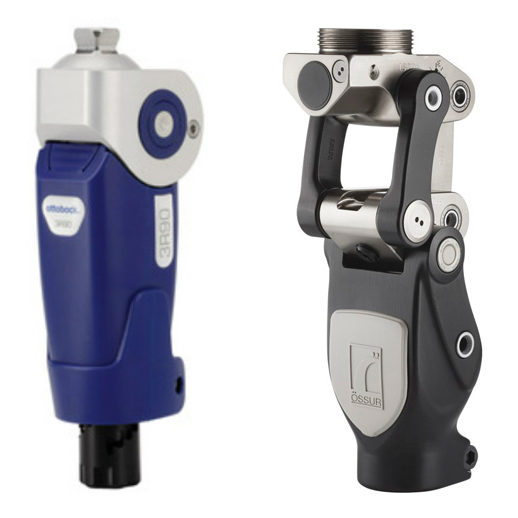
Single Axis vs. Polycentric
There are two styles of joints available in knees.
Single axis are simple hinge joints that are typically lighter and less complex.
Polycentric joints are slightly heavier but have added stability and toe clearance due to their construction.
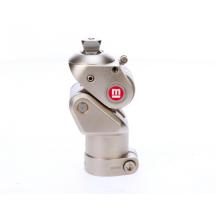
Weight Activated Stance Control
This type of knee joint is a good design for new amputees and people that need extra stability. When weight is put into the knee, the joint experiences really high resistance, preventing the knee from buckling.
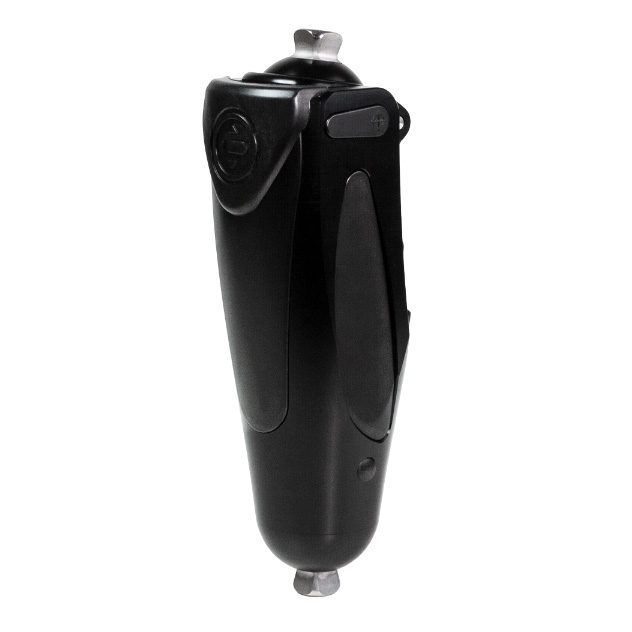
Hydraulic
While a little heavier, hydraulic knees are great for people with high activity levels. The hydraulic valves are highly adjustable and permit walking at a range of speeds with the same settings.
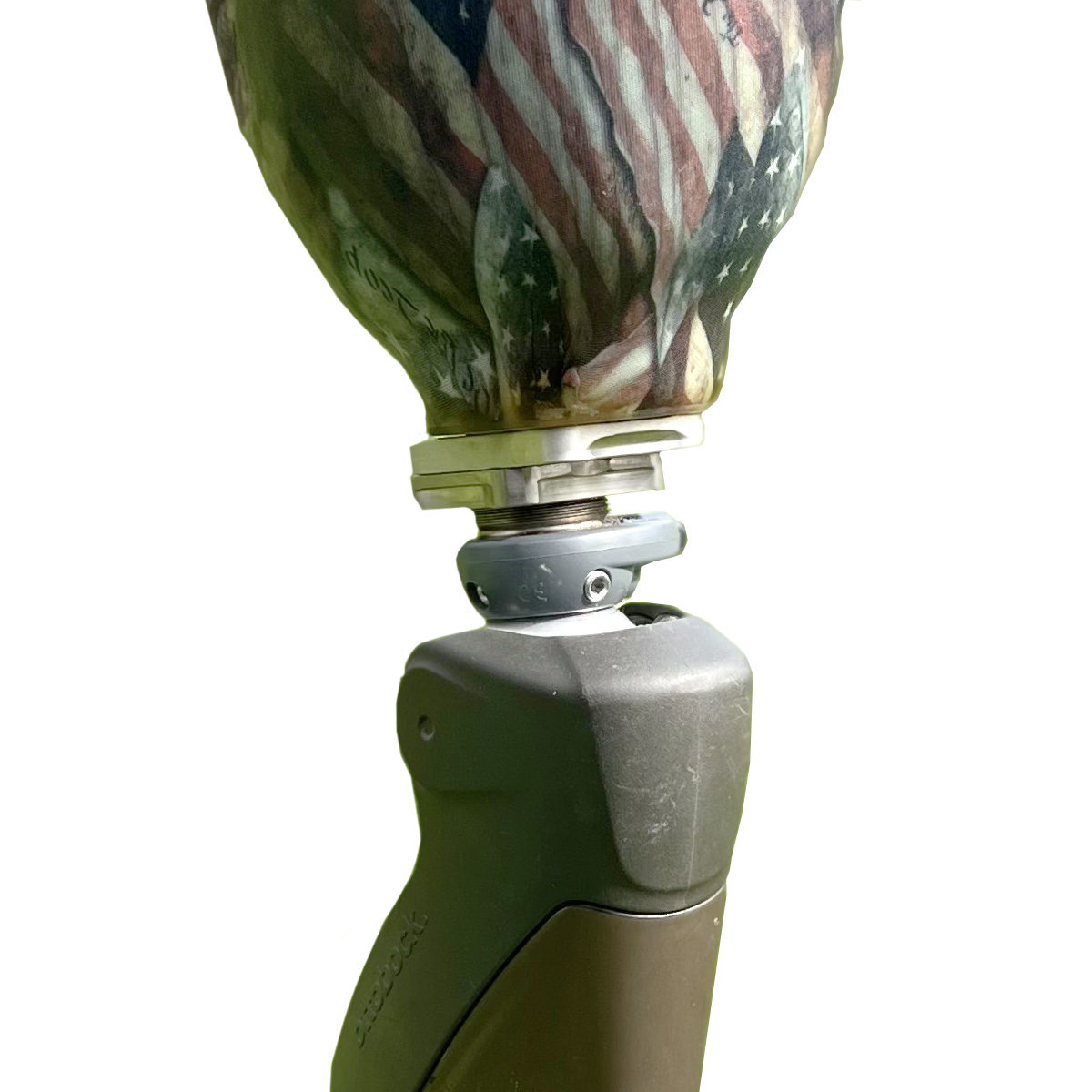
Microprocessor Controlled
Microprocessor Knees, or “MPKs”, take hydraulic style knees to the next level by adding computer control. This style of knee adjusts to your gait and has additional settings for using stairs and ramps as well as other specific activities like biking and golf.
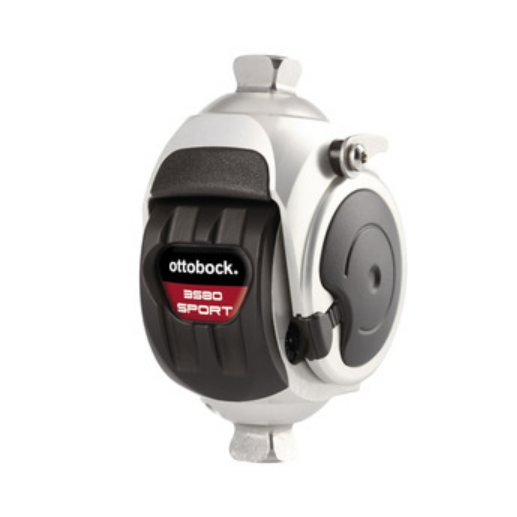
High Activity
Knees designed for running, biking, and other high activity sports often provide lower resistance to motion. While these designs are not always ideal for everyday walking, they fill a special need to help with return to sports.
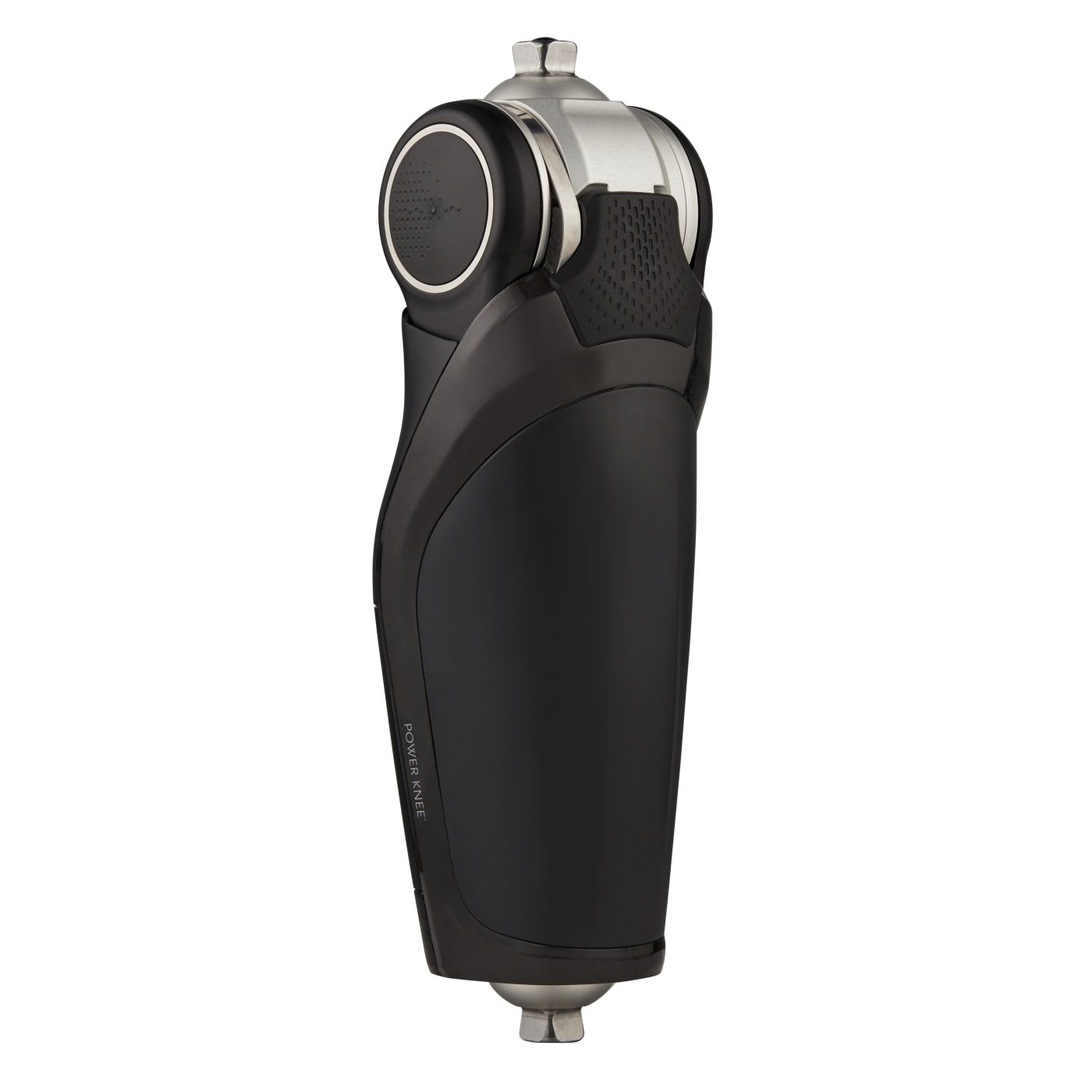
Power Knee
The Power Knee by Ossur is the only one of its kind. An active motor assists with normal walking, sit to stand, stairs, etc. to increase energy efficiency and reduce wear on the remaining joints.
Walk all day, walk smoother, walk with confidence and greater safety.